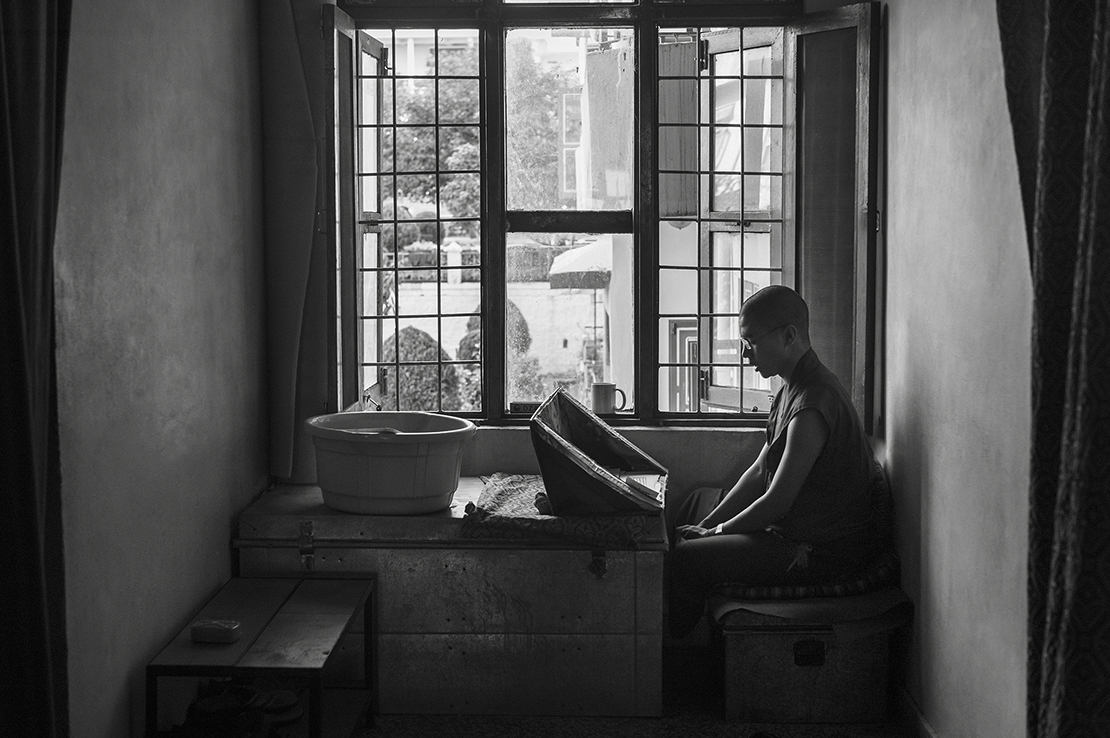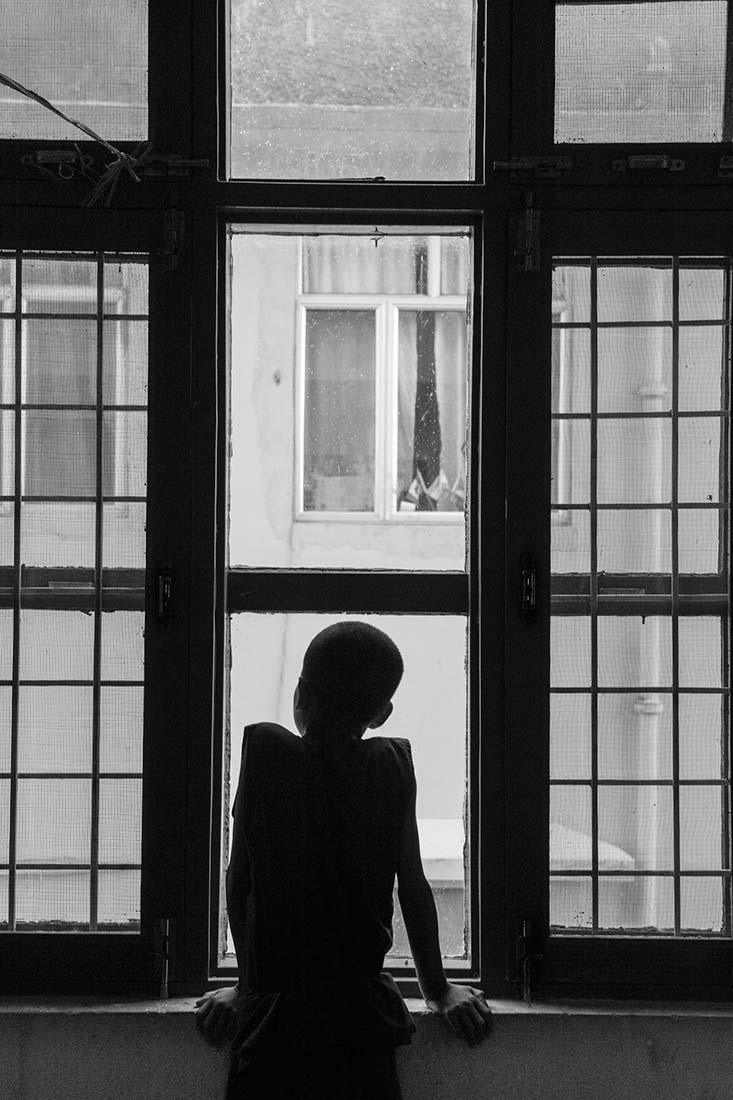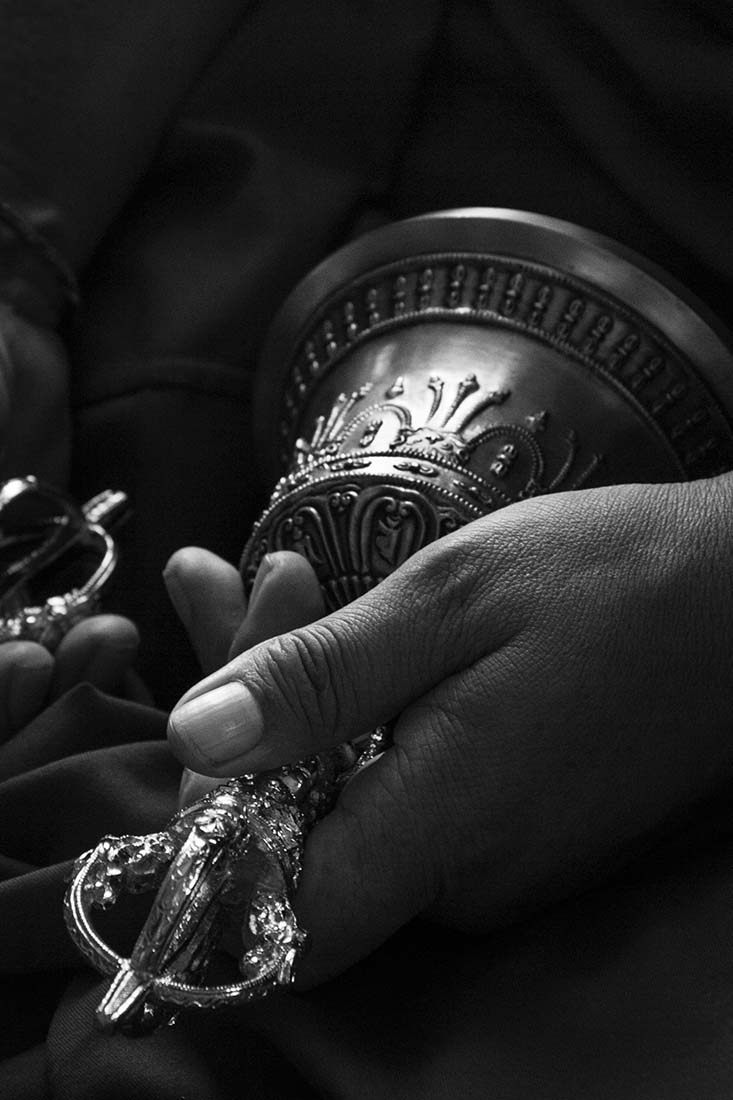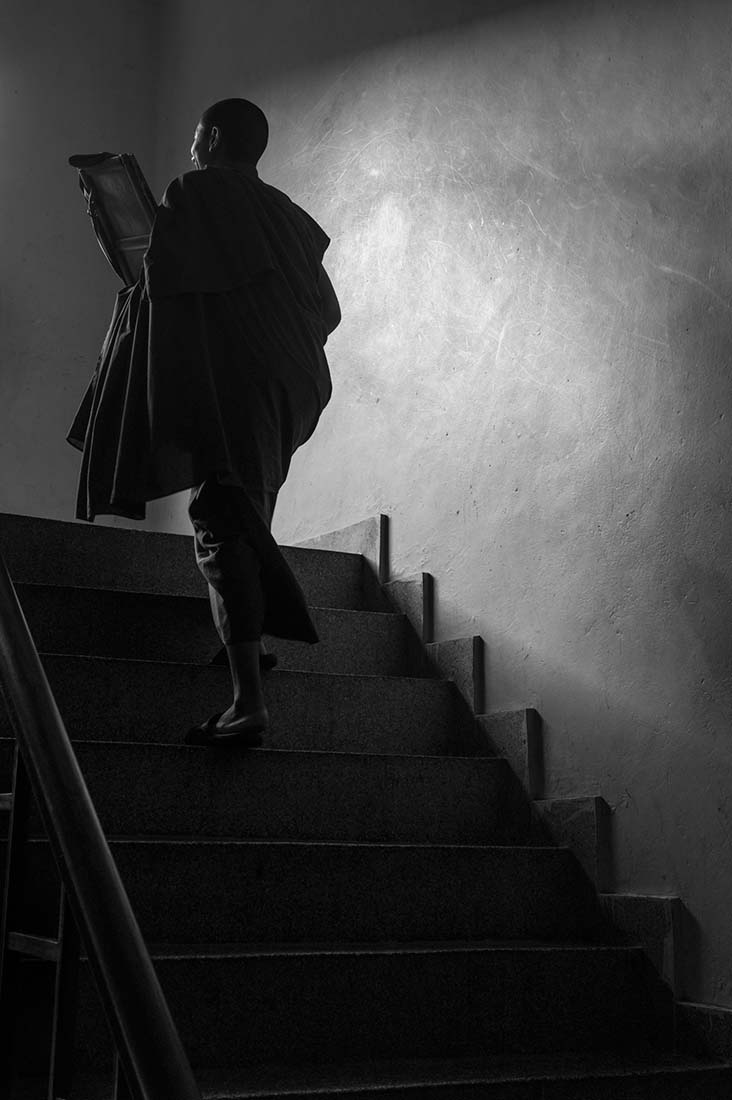Mindful Practice – The Gyuto Monks Summer Retreat
When the Buddha emerged from the forest fully realised, he wandered the Indian countryside giving talks on enlightenment and this new religion called Buddhism. As more people flocked to hear him, it became increasingly difficult to move about with large numbers in tow. The Indian summer was also the monsoon season which was not only difficult to travel in for his sangha, or spiritual community, but Buddha also worried about the large numbers of people potentially stepping on the insects forced to the surface because of the rains. When one wealthy prince offered him a large parcel of his land to settle on, Buddha decided to build a monastic retreat where the monks could deepen their practices while sheltering from the rains for the duration of the wet season.
This retreat became a fixture on the Buddhist calendar and is a ritual still practiced by the Gyuto Monks some 2,500 years on. Known as their Summer Retreat or Yarney, the monks spend 45 days within the monastery where they undergo intensive learning in all aspects of their spiritual life.

I shot these images in black and white and also in colour as I had originally intended the exhibition to be a combination of both, but as I started editing the work I realised that for this story, it was much stronger if told only in black and white. So I converted some of the colour images. Usually my black and white work is produced in a traditional wet darkroom but as some of these images were shot in colour using my Nikon DS4 (and more recently I have enjoyed using a Lecia Monochrome), I needed to rethink the possibilities of how to express the work.
After much exploration that included trying to make 20×30 inch contact prints in a wet darkroom, I came to see that printing this body of work suited the pigment on rag feeling.This type of printing, though not uncommon given the advances in digital technology, was new to me. With the help and persistence of two friends who were also moving into this area, we began to explore the look of this type of printing method with the images I had chosen for this exhibition until we arrived at a place where a modern printing technique met with an ancient tradition and looked beautiful and harmonious.
I always edit my Gyuto Monks work especially for the gallery at the Bondi Pavilion which has been the home to my work with The Gyuto Monks since 2010. I enjoy working specifically with where an image is going to hang, so the gallery space and the images sit together well. The three different sizes of images in the exhibition came about from a combination of recently seeing exhibitions in Europe and the fluidity of the way they were arranged and looking for a way to combine both my reportage style images with my more minimalist images.
Often exhibitions run in a linear pattern around the walls of a gallery in uniform sizes. But this is not life at the monastery. It comes at you in waves, in quick grabs, sometimes it overwhelms your senses and you can’t take it all in. Different things are happening in different pockets all over the monastery at all different times. The deliberate use of clusters of images of differing sizes I hope captures this uneven and spontaneous nature of life at the monastery.



